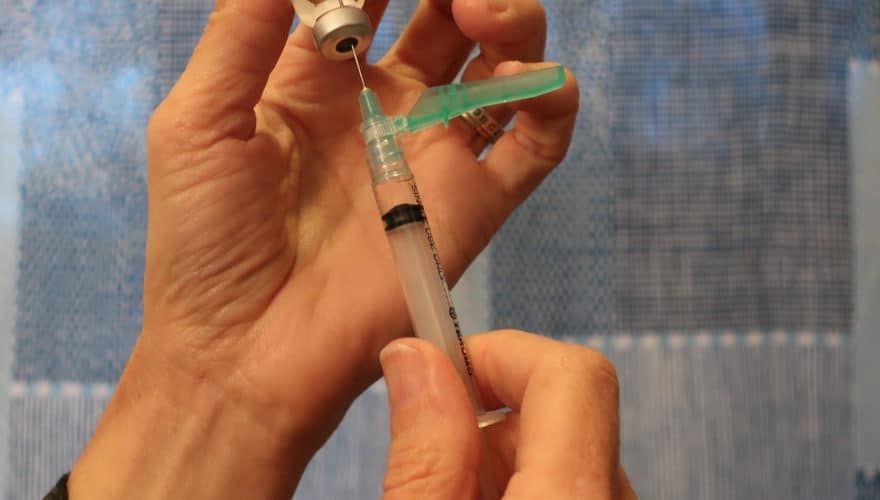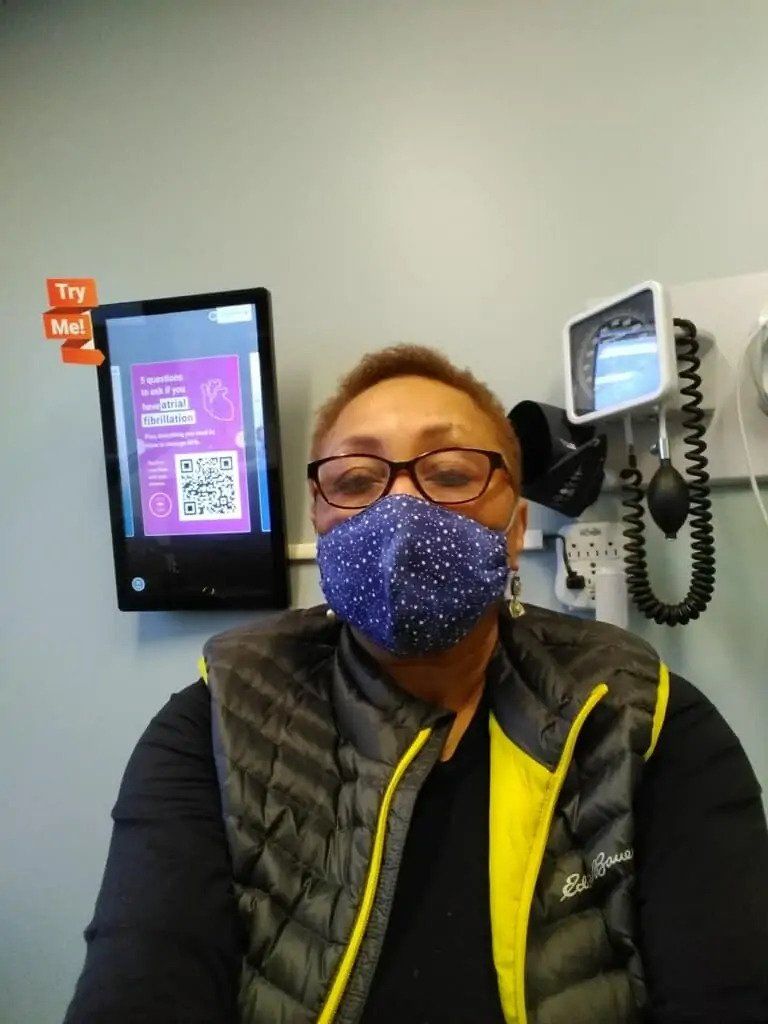Last week, we learned that our reporter had trouble being chosen to participate in a COVID-19 vaccine trial, despite being in several risk groups that vaccine makers said they wanted to target. Finally, she was chosen for a clinical trial, which meant even more waiting.
Read Part I of Melba’s journey to becoming part of a vaccine trial here
On Nov. 4, a friend passed along an email she’d received from Tryon Medical Partners. The south Charlotte practice was recruiting participants for a new COVID-19 vaccine trial. The ENSEMBLE Study would evaluate the safety and efficacy of a vaccine created by Janssen, a Belgium division of Johnson & Johnson.
Tryon Medical had also run an earlier COVID vaccine trial for Moderna, which I’d spent months unsuccessfully trying to get in. I also had no success enrolling in the Pfizer trial run by PMG, a contract research organization with a presence in the Carolinas.
I was at peak frustration with a recruiting process that enrolled my two white friends but ignored me. Nonetheless, one sentence in the email convinced me to try again: “Special preference will be given to candidates who have Black, Latinx, American Indian or Asian heritage, to ensure the COVID-19 vaccine works for everyone.”
Eligible participants needed to be 18 years of age or older in good or stable health and commit to participating for 25 months.
“We are in the process of contacting patients who registered for the previous COVID-19 vaccine trial,” the website read. “You do not need to re-register.”
I re-registered anyway.
Too late for a trial?
When the race to develop a vaccine began last spring, the public health establishment cautioned patience. We were reminded that it had taken four years to develop the mumps vaccine, the shortest time on record. So on Nov. 9, when Pfizer and BioNTech announced it had produced a vaccine that was over 90 percent effective, it seemed nothing short of a miracle. Then, Moderna one-upped them just a week later with a vaccine that was 94.5 percent effective.
Several factors had come together to make a safe, effective vaccine possible in months rather than years: the fierce urgency to return to a life and an economy resembling normal; governments willing to remove bureaucratic roadblocks and spend whatever it took; and the speedy deployment of a synthetic form of a genetic molecule called messenger RNA (mRNA) that greatly reduced the requisite timeframe for vaccine development.
My friends Lucia and Anita were assured that their participation in the Pfizer trial would be rewarded. The study would be unblinded soon, meaning they would learn if they’d received the vaccine or the placebo. If they’d received the placebo, they’d receive the coronavirus vaccine. This incentive was a large part of my motivation to join a trial.
By the time I got a call for the Phase 3 Janssen study on Nov. 16, I wasn’t sure what that meant. What was the point of continuing the trial if Pfizer and Moderna had already crossed the finish line?
Waiting for my trial
After I answered a few health screening questions via telephone, the study coordinator scheduled an in-person visit and sent me an informed consent document that explained the process and detailed my responsibilities. I would need to make periodic trips to the clinic to have my blood drawn, I’d need to provide saliva samples and nasal swabs, and I was expected to report any side effects on an app downloaded onto my phone. I was also told to expect occasional checks on my health by telephone.
When I arrived at the research site the next day, I was told the intake of people in my demographic had been paused for several days. During my rescheduled visit about a week later, health workers recorded my height, weight, blood pressure, and body temperature and took three vials of blood.
The trial navigator and I spent an hour trying to get the Study Hub app to work so I could record my reaction to the vaccine. Finally, we agreed that I would come back when the problem was resolved, which turned out to be more than three weeks later.
The shot
When I returned on Dec. 11, so much time had passed that my health assessment had to be redone to make sure my baseline remained accurate. The nurse flubbed the blood draw twice because, according to her, my veins kept “rolling.” Perhaps they were following my eyes.
I suggested she try the other arm; the third time was the charm.
“I’m just here to get the boogers,” the doctor said when he arrived about 10 minutes later. This required using a nasal swab to administer the COVID test. Counting aloud “1, 2, 3,” he swirled higher and higher in my left and then right nostril.
Finally, the shot. The Janssen vaccine differs from those by Pfizer and Moderna. Instead of mRNA, it uses a genetically modified adenovirus — a type of virus that typically causes colds or flu-like symptoms. Notably, the Janssen vaccine requires one injection, not two. I waited for my shot to go through a randomizer so no one (including me) would know if I received the placebo or the vaccine.
The injection was a painless prick high up on my left arm, in the deltoid muscle, just below my shoulder. I didn’t know whether it was the experimental COVID-19 vaccine or a placebo. Either way, I was ready to put my body on the line for science.
I left the building with my very own bag of medical swag — including an oral thermometer to monitor my body temperature, an oximeter to record my pulse rate and blood oxygen level, and a ruler to measure any injection site redness or swelling — and a lot of complicated feelings about the whole experience and what would come next.
COVID-19 Update: The connection between local and global issues–the Pulitzer Center's long standing mantra–has, sadly, never been more evident. We are uniquely positioned to serve the journalists, news media organizations, schools, and universities we partner with by continuing to advance our core mission: enabling great journalism and education about underreported and systemic issues that resonate now–and continue to have relevance in times ahead. We believe that this is a moment for decisive action. Learn more about the steps we are taking.


